What Is A Free Arm Sewing Machine? When & How to Use It: 2024
Sewing is an art that requires the right tools, skills, and techniques to get the desired outcome. Among the essential tools needed for sewing is a sewing machine.
There are different types of sewing machines, and the free arm sewing machine is one of them. In this article, we will discuss what is a free arm sewing machine, when to use it, and how to use it effectively.
What is a Free Arm?
A free arm is a type of sewing machine that has an arm that extends out from the body of the machine and is used for sewing items that are difficult to sew on a flat surface, such as sleeves and pant legs.
The free arm allows the fabric to be easily manipulated and allows the user to access hard-to-reach areas of the garment more easily.
Many sewing machines have a free arm feature, which can be revealed by removing a cover or sliding out a section of the machine’s body.
Some machines are designed specifically as free arm machines, with the arm as a prominent feature of the machine’s design.
Free arm sewing machines are often preferred by seamstresses and home sewers for their versatility and ease of use.
What Is A Free Arm Sewing Machine?
A free arm sewing machine is a type of sewing machine that has a removable section of the bed, called the free arm, which allows the user to more easily sew items with curved or hard-to-reach areas.
The free arm is typically located on the right side of the machine, and it can be removed or extended as needed.
The free arm is especially useful for sewing sleeves, pant legs, and other cylindrical items, as it allows the user to easily maneuver the fabric around the needle.
It can also be helpful for sewing items with small or intricate details, such as collars and cuffs, as the free arm provides better access to these areas.
Many modern sewing machines come with a free arm as a standard feature, and it can usually be easily extended or removed by pressing a button or lever on the side of the machine.
Some older sewing machines may not have a free arm, or it may be a separate attachment that can be purchased and added to the machine.
Types of Free Arm Sewing Machines
There are three types of free-arm sewing machines, which include:
Mechanical Free Arm Sewing Machine
The mechanical free-arm sewing machine is a basic model that operates with a hand or foot pedal. It is a good option for beginners and is affordable.
Electronic Free Arm Sewing Machine
The electronic free-arm sewing machine is a more advanced model that uses electronic controls to adjust stitch settings. It is ideal for intermediate and advanced sewers who need more features than a basic model.
Computerized Free Arm Sewing Machine
The computerized free-arm sewing machine is the most advanced model that uses computer technology to control stitch settings. It is ideal for professionals who require a high level of precision and speed.
When to Use a Free Arm Sewing Machine
A free arm sewing machine is useful for the following tasks:
Hemming
The free arm sewing machine is perfect for hemming pants, skirts, and dresses. It provides a circular stitching area, making it easier to sew around curved edges.
Sewing Sleeves
The free arm sewing machine is ideal for sewing sleeves. The narrow cylindrical arm allows the fabric to fit around the arm without stretching or distorting the fabric.
Sewing Cuffs
The free arm sewing machine is also useful for sewing cuffs. The cylindrical arm allows the user to sew around the circumference of the cuff without having to remove it from the machine.
Sewing Collars
The free arm sewing machine is suitable for sewing collars. The cylindrical arm allows the user to sew around the curves of the collar with ease.
Sewing Pant Legs
The free arm sewing machine is also useful for sewing pant legs. It allows the user to sew around the circumference of the pant leg with ease.
How to Use a Free Arm Sewing Machine
To use a free arm sewing machine, follow these steps:
Prepare Your Sewing Machine
Before you start sewing, ensure that your sewing machine is set up correctly. This includes threading the machine, winding the bobbin, and selecting the appropriate stitch.
Choose the Right Needle and Thread
Choose the right needle and thread for your sewing project. The type of needle and thread you use will depend on the fabric you are sewing.
Choose the Right Stitch
Select the appropriate stitch for your project. The type of stitch you use will depend on the fabric you are sewing and the type of seam you need.
Position Your Fabric
Place your fabric under the presser foot of the sewing machine, ensuring that the fabric is positioned correctly.
Start Sewing
Use the foot pedal or power on the button to begin sewing. Guide the fabric around the free arm of the sewing machine, ensuring that the fabric is flat and not stretched.
Finish Your Sewing
When you have finished sewing, cut the thread and remove the fabric from the sewing machine. Trim any excess fabric or threads as necessary.
Advantages of a Free Arm Sewing Machine
A free arm sewing machine is a type of sewing machine that has a removable arm that allows the user to more easily sew cylindrical or hard-to-reach areas, such as sleeves or pant legs. Some of the advantages of a free arm sewing machine include:
- Improved maneuverability: The removable arm allows the user to rotate and manipulate the fabric more as they sew, making it easier to work on smaller or more complex projects.
- Better access to tight spaces: With the arm removed, it’s easier to reach and sew tight or hard-to-reach areas, such as the inside of sleeves or the bottom of pant legs.
- Greater versatility: A free arm sewing machine can be used for a wide variety of sewing projects, from basic repairs to more complex garments.
- Ease of use: Free arm sewing machines are generally easier to use than other types of sewing machines, especially for those who are new to sewing.
- Compact size: Many free arm sewing machines are relatively small and lightweight, making them easy to store and transport.
- It allows the user to sew narrow and cylindrical items.
- It provides a circular stitching area, making it easier to sew around curved edges.
- It is useful for sewing sleeves, cuffs, pant legs, collars, and hemming.
Disadvantages of a Free Arm Sewing Machine
Some disadvantages of using a free arm sewing machine include:
- It may not be suitable for sewing larger items.
- It may require a separate accessory for some tasks, such as quilting.
How to Choose a Free Arm Sewing Machine
To choose a free arm sewing machine, consider the following factors:
Purpose: Determine what kind of projects you plan to sew, and choose a machine that is suitable for the type and frequency of sewing you plan to do.
Stitch options: Check the variety of stitch options available and choose a machine that offers the type of stitches you need for your projects.
Ease of use: Look for a machine with a user-friendly design, adjustable stitch length and width, and easy threading.
Size and portability: Consider the size of the machine and whether you need it to be portable.
Budget: Decide on a budget and look for a machine that offers good value for money and meets your needs.
Brand reputation: Research the brand’s reputation and read reviews from other users to ensure that you are buying a quality product.
It’s also recommended to try out the machine before making a purchase if possible, to ensure that it meets your expectations and feels comfortable to use.
Free Arm Sewing Machine vs. Flatbed
A free arm sewing machine has a removable extension arm that provides access to hard-to-reach areas such as sleeves and pant legs.
On the other hand, a flatbed sewing machine has a flat, non-removable surface that is ideal for sewing larger flat fabrics, like quilts and tablecloths.
In general, a free arm machine is more versatile for sewing various types of garments, while a flatbed machine is more suitable for quilting and other fabric crafts.
A free arm sewing machine and a flatbed sewing machine are two different types of sewing machines, each with its own unique features and capabilities.
A free arm sewing machine has a detachable extension arm that provides access to hard-to-reach areas, such as sleeves and pant legs.
This type of machine is ideal for sewing smaller or circular items and is often used for sewing cuffs, hems, and other narrow areas.
A flatbed sewing machine, on the other hand, does not have a detachable arm. Instead, the sewing surface is flat and is best for sewing larger items such as quilts, curtains, and shirts.
A flatbed sewing machine is typically larger and more stable than a free arm machine and is ideal for more heavy-duty sewing projects.
In conclusion, the key difference between a free arm sewing machine and a flatbed sewing machine is the presence (or absence) of a detachable arm and the size and stability of the sewing surface. The choice between the two will depend on the type of sewing projects you plan to undertake.
Free Arm vs. Long Arm Sewing Machine
Free arm and long arm sewing machines are different in terms of the size of the sewing bed and the type of projects they are best suited for.
A free arm sewing machine has a smaller, circular sewing bed, usually around 4 to 5 inches in diameter, that is ideal for sewing smaller, cylindrical items such as sleeves, pants legs, and cuffs.
A long-arm sewing machine, on the other hand, has a longer, rectangular sewing bed, typically between 12 to 20 inches in length, that is designed for larger projects such as quilting, sewing bedspreads, or handling more fabric at once.
Long-arm machines allow for more space and maneuverability, making it easier to work with larger items.
In conclusion, a free-arm machine is better for smaller, detailed projects, while a long-arm machine is better for larger projects and handling more fabric.
What is a Free Arm Quilting Machine
A free arm quilting machine is a type of sewing machine that is specifically designed for quilting. It features a smaller, adjustable arm or bed that provides greater access to smaller or tight spaces and allows for more maneuverability when working on quilts or other fabric projects.
Some common features of a free-arm quilting machine include an adjustable stitch length, automatic needle threading, and the ability to drop the feed dogs for free-motion quilting.
Conclusion
I hope that now you are well aware of what is a free arm sewing machine. In conclusion, a free-arm sewing machine provides versatility in sewing and makes it easier to work with difficult-to-sew items.
With its unique design, this type of sewing machine can save time and frustration, making it an important tool for both novice and experienced sewers.
FAQS
Can all sewing machines do free motion?
No, not all sewing machines can do free motion quilting. Free motion quilting requires a machine with a drop-in bobbin and the ability to lower the feed dogs, which is not a feature on all sewing machines. It is best to check the specifications of a sewing machine to see if it has the capability to do free motion quilting before purchasing.
Is a free arm sewing machine good for quilting?
A free-arm sewing machine can be good for quilting, especially for small and curved areas of a quilt. The free arm allows for easier maneuverability of the fabric and can provide better control and access to tight spaces. However, the suitability of a free-arm sewing machine for quilting also depends on other features such as stitch length control, the ability to drop the feed dogs, and the availability of a wide range of presser feet. It’s always a good idea to check the specifications of the machine and read reviews from quilters before making a purchase.
What is a free arm sewing machine used for?
A free arm sewing machine is used for sewing narrow and cylindrical items, such as sleeves, cuffs, pant legs, collars, and hemming.
How do you use a free arm sewing machine?
To use a free arm sewing machine, you need to prepare your sewing machine, choose the right needle and thread, select the appropriate stitch, position your fabric, start sewing, and finish your sewing.
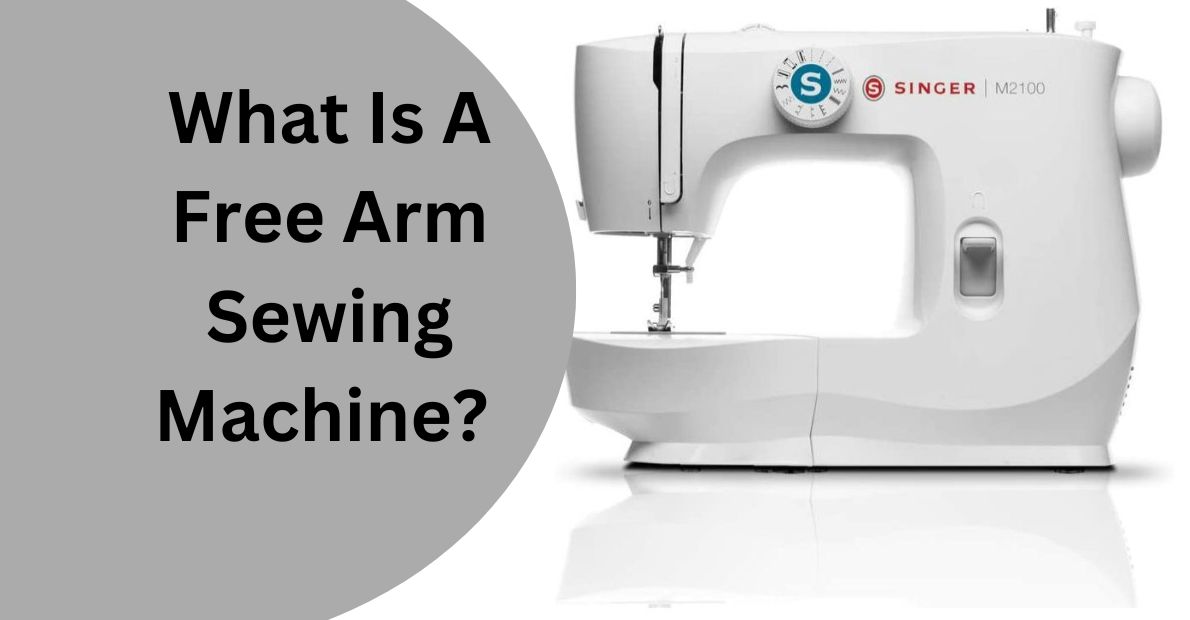
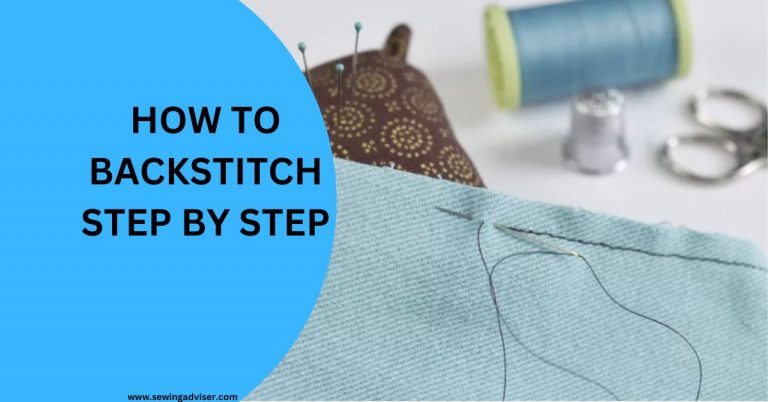
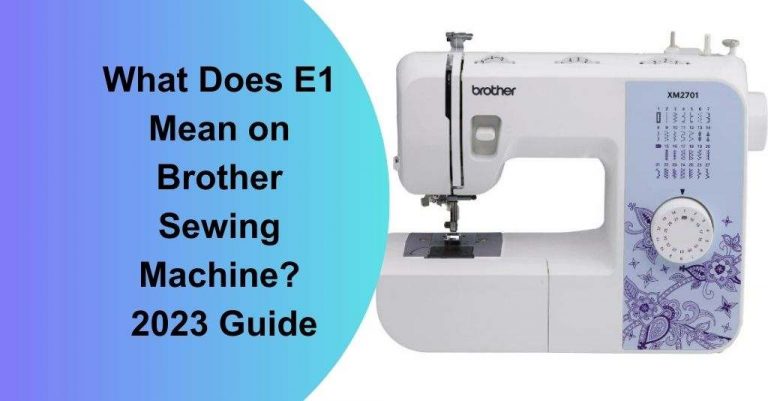
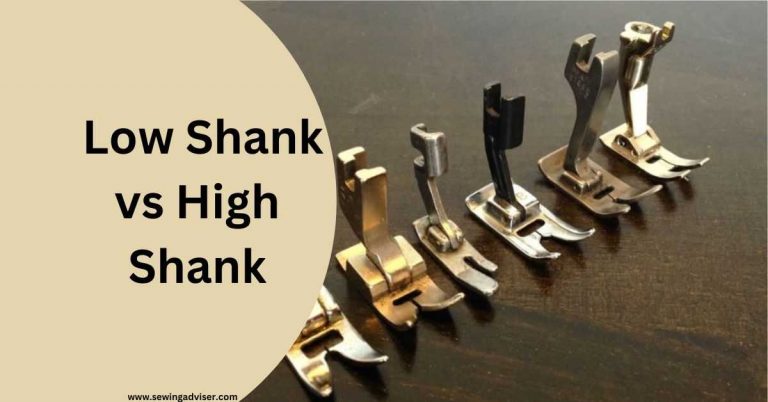
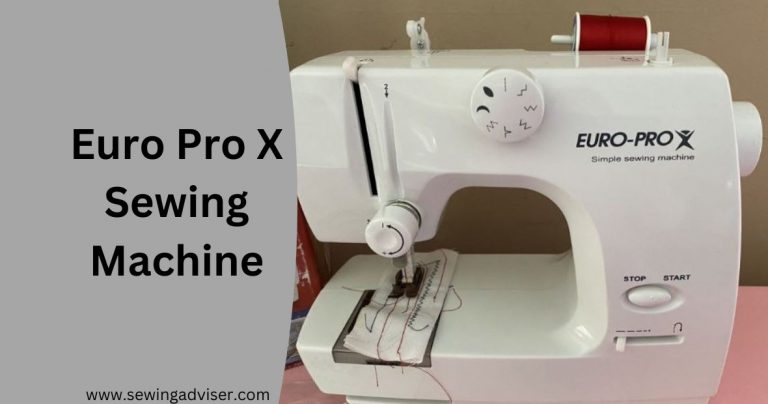
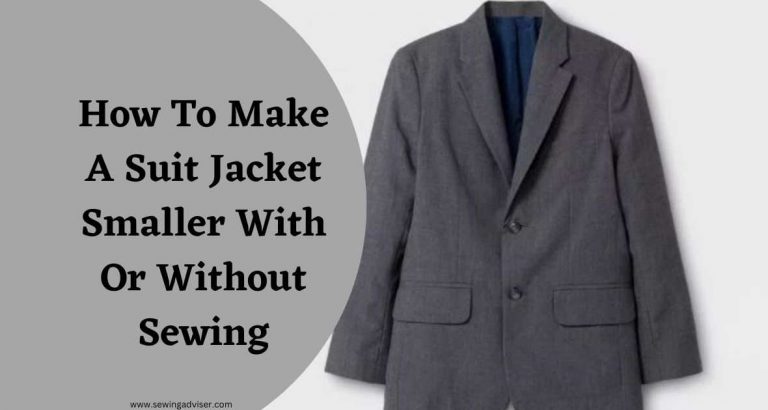
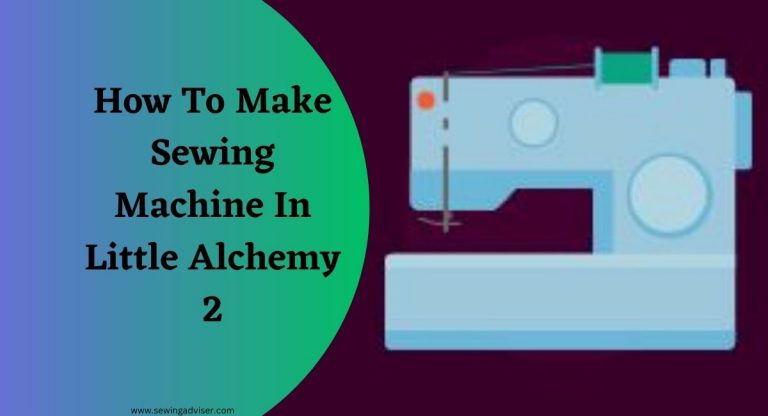
5 Comments